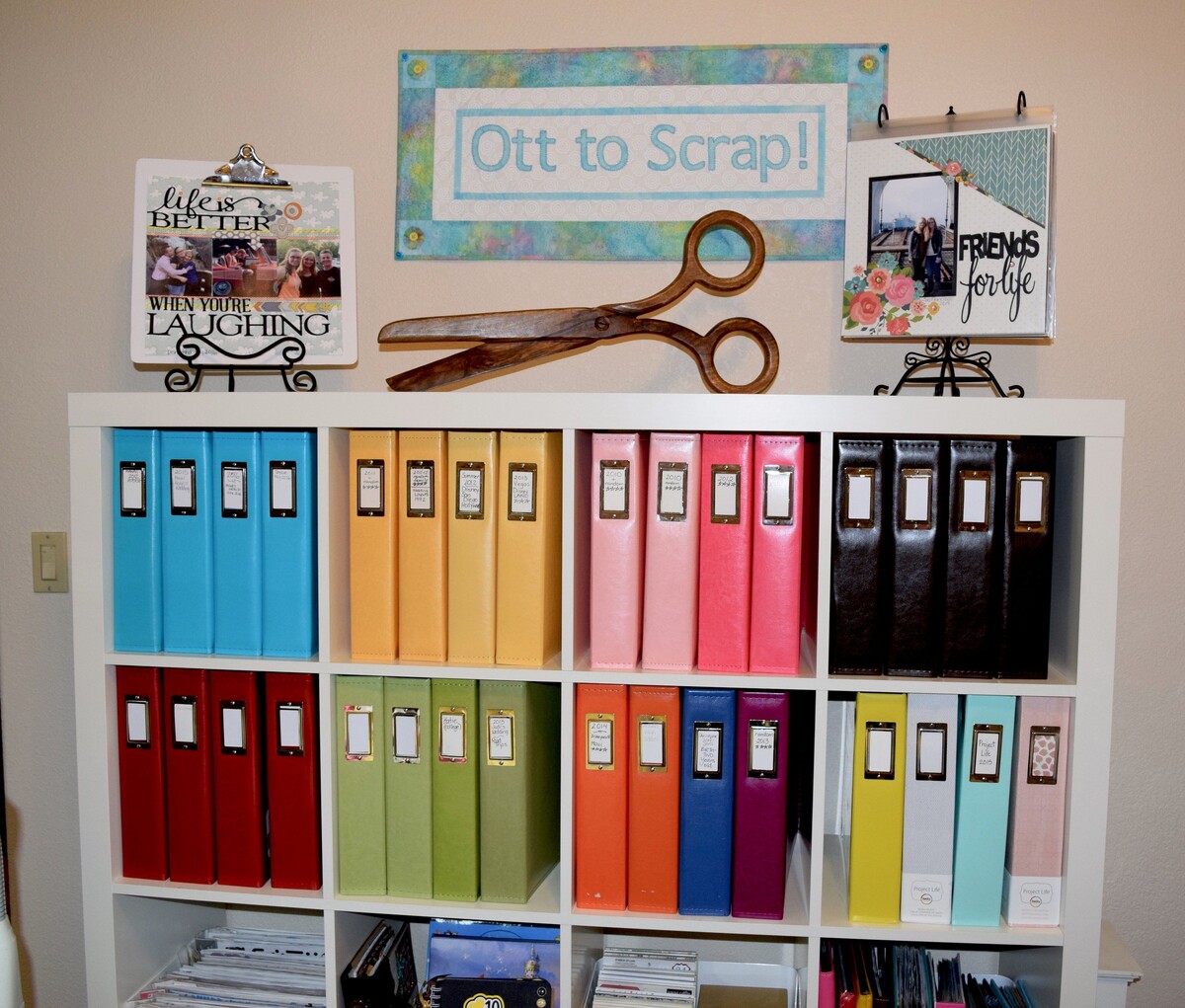

Articles
How To Store Old Photo Albums
Modified: January 5, 2024
Learn the best way to store and preserve your old photo albums with our helpful articles. Keep your cherished memories safe for years to come!
(Many of the links in this article redirect to a specific reviewed product. Your purchase of these products through affiliate links helps to generate commission for Storables.com, at no extra cost. Learn more)
Introduction
Welcome to the ultimate guide on how to store old photo albums! Photos are precious memories frozen in time and it’s important to properly preserve them for future generations to enjoy. Whether you are an avid photographer, a family historian, or simply someone with a collection of cherished photo albums, knowing how to store them correctly can make all the difference in maintaining their quality and longevity.
Gathering supplies and taking the necessary steps to prepare your photos for storage are essential first steps. By ensuring that your albums and individual photos are in optimal condition, you can prevent damage such as fading, discoloration, mold growth, and deterioration caused by environmental factors.
Choosing the right storage method is another crucial aspect to consider. Different types of photo albums require specific storage solutions to ensure their protection. From acid-free archival boxes and sleeves to specialized photo albums with acid-free pages, there are various options available to suit your needs.
Storing your photo albums in a climate-controlled space is vital for maintaining their quality and preventing damage. Extreme temperatures, humidity, and sunlight can all have detrimental effects on photographs. We will explore the importance of controlling these factors and provide tips on creating an ideal storage environment for your photo collection.
Organizing and labeling your albums is not only a practical way to keep track of your photos but also a way to preserve the stories and memories they hold. We will guide you on how to categorize and label your albums effectively, making it easier to locate specific photos and share them with loved ones.
Finally, maintaining and preserving your photo collection is an ongoing process. Regular inspections, cleaning, and proper handling techniques are all part of ensuring your photos stay in optimal condition for years to come.
Let’s dive into the details of each step and discover how you can protect and preserve your cherished photo albums. By following this comprehensive guide, you can rest assured that your memories will remain vibrant and full of life for generations to come.
Key Takeaways:
- Preserve your cherished memories by gathering archival supplies, preparing photos for storage, and choosing the right storage method. Organize, label, and maintain your photo collection to ensure longevity and easy access for future generations.
- Protect your old photo albums by storing them in a climate-controlled space, handling them with care, and creating digital backups. Follow these steps to safeguard your memories and keep them vibrant for years to come.
Read more: How To Store Old Photos
Gathering Supplies
Before you begin the process of storing your old photo albums, it’s important to gather the necessary supplies. Having the right materials on hand will make the task easier and help ensure the long-term preservation of your photographs.
Here are some essential supplies you will need:
- Archival storage boxes: These boxes are specifically designed to protect photos from light, dust, and humidity. Look for acid-free and lignin-free boxes that are large enough to hold your albums without bending or squeezing them.
- Archival photo sleeves: These sleeves are made from acid-free and PVC-free materials that won’t damage your photos. They are available in various sizes to fit different photo formats, such as standard prints, Polaroids, or even larger formats.
- Archival photo albums: If your albums have deteriorated over time or are not in optimal condition, transferring the photos to archival photo albums is a great option. Look for albums with acid-free pages that have protective overlays to prevent photos from sticking together.
- White cotton gloves: To handle your photos with care and prevent natural oils from your hands from transferring onto the prints, wear cotton gloves when handling your albums and individual photos.
- Acid-free tissue paper: This paper is designed to protect delicate surfaces and prevent photos from sticking together. Place a sheet of acid-free tissue paper between each photo to reduce the risk of damage, especially if they have adhesive backing.
- Labels and markers: Keep track of your albums and organize them by labeling them. Use acid-free and lignin-free labels and markers to avoid any potential damage to the photos.
- Digital scanner: If you want to digitize your photo collection, invest in a high-quality scanner to preserve your photos in a digital format. Make sure to choose a scanner that is compatible with different sizes and formats of photos.
By gathering these supplies, you will be well-prepared to handle and store your old photo albums with care. Remember, investing in high-quality archival materials will significantly contribute to the longevity and preservation of your cherished photos.
Preparing the Photos for Storage
Before you start storing your old photo albums, it’s crucial to properly prepare the individual photos for storage. This step is essential for ensuring the longevity and preservation of your cherished memories.
Follow these steps to prepare your photos:
- Remove any loose debris: Gently remove any dust, dirt, or loose debris from the photos using a soft-bristle brush or a clean microfiber cloth. Avoid using water or cleaning solutions directly on the photos, as they can cause damage.
- Mend torn photos: If you come across torn photos, carefully mend them using acid-free archival tape. Make sure to align the torn edges properly and smooth over the tape to ensure it adheres securely.
- Scan and digitize your photos: To create a digital backup of your photos, use a high-quality scanner to scan each photo. This will not only preserve your memories but also provide an additional layer of protection in case of physical damage or loss. Save the scanned images in a secure location with proper backup systems in place.
- Handle photos with clean hands: Always wash and dry your hands thoroughly before handling your photos. Oils, lotions, and dirt can transfer onto the photos and cause damage or discoloration over time. If possible, wear white cotton gloves when handling the photos to minimize contact.
- Remove adhesive residue: If your photos have adhesive residue from previously attached items, such as stickers or tape, carefully remove it using a soft eraser or a mild adhesive remover. Test the remover on a small, inconspicuous area first to ensure it doesn’t damage the photo’s surface.
- Sort and organize: Before placing the photos in storage, take the time to sort and organize them. You can catalog them by date, event, or by specific individuals, making it easier to locate and retrieve them later on.
By following these steps, you will ensure that your photos are in the best possible condition before they are stored. Taking the time to properly prepare your photos will help protect them from damage and deterioration, and enable you to enjoy them for years to come.
Choosing the Right Storage Method
When it comes to storing your old photo albums, it’s essential to choose the right storage method to ensure the long-term preservation and protection of your cherished memories. Different types of photo albums require specific storage solutions to maintain their quality.
Here are some options to consider:
- Archival storage boxes: Acid-free and lignin-free archival storage boxes are an excellent choice for storing photo albums. These boxes provide protection from dust, light, and humidity, which can cause damage to your photos over time. Ensure that the box is large enough to comfortably fit your albums without bending or squeezing them.
- Archival photo sleeves: If your albums contain loose photos or if you want to store individual photos separately, archival photo sleeves are a great option. These sleeves are made from acid-free and PVC-free materials that won’t damage your photos. Choose sleeves that are compatible with the size and format of your photos and place them in a matching archival storage box.
- Archival photo albums: If your albums are in poor condition or if you prefer to transfer the photos to a more secure option, consider investing in archival photo albums. Look for albums with acid-free pages and protective overlays to prevent photos from sticking together or being damaged by contact with other materials. Opt for albums that are specifically designed to house different photo sizes and formats.
- Specially designed photo storage systems: There are various specialized photo storage systems available, such as modular storage units and archival binders. These systems offer flexibility and customization options, allowing you to create a storage solution that best suits your needs. Make sure to choose systems that are made from acid-free and lignin-free materials to ensure the preservation of your photos.
As you choose a storage method, consider the size and condition of your photo albums, as well as your long-term storage plans. It’s always best to opt for archival-quality materials that are specifically designed for photo preservation. Avoid using plastic or cardboard containers that may contain harmful chemicals that can damage your photos.
Remember to handle your albums and individual photos with care when placing them in storage, and always follow the manufacturer’s instructions for any storage system you choose. By selecting the right storage method, you can provide the optimal level of protection for your photo albums and ensure that your memories stay safe and intact.
Store old photo albums in a cool, dry place away from direct sunlight to prevent fading and deterioration. Consider using acid-free boxes or albums to further protect the photos.
Storing Photo Albums in a Climate-Controlled Space
Properly storing your photo albums in a climate-controlled space is crucial for preserving the quality and longevity of your cherished memories. Extreme temperatures, high humidity levels, and exposure to sunlight can all cause irreversible damage to your photos. To protect your albums from these environmental factors, it’s essential to create an ideal storage environment.
Here are some tips for storing your photo albums in a climate-controlled space:
- Temperature control: Photos are sensitive to temperature fluctuations. Aim to store your albums in an area with a stable temperature between 60°F and 70°F (15°C – 21°C). Avoid storing them in spaces where temperatures can fluctuate dramatically, such as attics or basements.
- Humidity control: High humidity levels can lead to mold growth, warping, and deterioration of your photos. The ideal humidity level for storing photos is between 30% and 50%. Avoid areas with excessive moisture, such as bathrooms or laundry rooms. Consider using a dehumidifier or a moisture-absorbing product in the storage space to maintain optimal humidity levels.
- Avoid direct sunlight: Exposure to sunlight can cause fading and discoloration of your photos. Choose a storage space that is away from windows or install UV-filtering window treatments to prevent harmful UV rays from reaching your albums. If possible, store your albums in a dark, cool place within the climate-controlled space.
- Avoid extreme conditions: Keep your albums away from areas that are subject to extreme conditions, such as vents, radiators, or areas with excessive moisture or dryness. These conditions can accelerate the deterioration of your photos and damage the materials of the albums.
- Elevate storage: If the area is prone to flooding or leaks, elevate your photo albums off the ground using archival-quality shelves or cabinets. This will help protect them in case of any water damage.
- Air circulation: Ensure there is proper air circulation in the storage space to prevent the buildup of stagnant air. This can be achieved by using fans or leaving some space between storage boxes. However, make sure to keep the albums protected from dust and debris.
By storing your photo albums in a climate-controlled space, you are taking a proactive step to protect them from environmental damage. Maintaining consistent temperature and humidity levels will greatly contribute to the preservation of your cherished memories and ensure that your photo albums remain in a pristine condition for years to come.
Read more: How To Store Old Family Photos
Organizing and Labeling Your Albums
Organizing and labeling your photo albums is not only a practical way to keep track of your photos but also a way to preserve the stories and memories they hold. By taking the time to organize and label your albums, you can easily locate specific photos and share them with loved ones.
Here are some tips for organizing and labeling your albums:
- Categorize by theme or event: Consider organizing your albums by themes or specific events to make it easier to locate photos. For example, you can have separate albums for weddings, vacations, birthdays, or family gatherings. Arrange the albums on your shelf in a logical order that suits your preferences.
- Create a chronological order: If you prefer organizing your albums chronologically, start with the earliest photos and continue in order. This arrangement allows you to follow the progression of events or milestones throughout the years. Consider adding dates or timeframes to the labels to provide additional context.
- Label each album: Use acid-free and lignin-free labels to identify each album. Include brief descriptions or titles that capture the essence of the photos within, making it easier to find specific albums. If you prefer a more decorative approach, consider using photo-safe stickers or creatively designed labels.
- Add captions or notes: Enhance your albums by adding captions or notes to provide additional information about the photos. Include names, dates, locations, or any other relevant details that can help preserve the history and significance of each photo.
- Include a table of contents or index: If you have a large collection of albums, create a table of contents or index to serve as a reference guide. List the titles or themes of each album along with their corresponding page numbers. This will make it easier to navigate and find specific photos without flipping through every page.
- Create a digital backup: Consider creating a digital backup of your photo albums by scanning each page or photo. This will provide an additional layer of organization and ease of access. Store the digital files on a secure external hard drive or cloud storage platform, making it convenient to share or preserve your photos.
By organizing and labeling your albums, you not only bring order to your collection but also ensure that the memories are easily accessible and protected. Take the time to create a system that works for you and supports the preservation of your cherished photos.
Maintaining and Preserving Your Photo Collection
Maintaining and preserving your photo collection is an ongoing process that ensures the long-term preservation of your cherished memories. By following a few simple maintenance practices, you can protect your photos from damage and ensure their longevity for future generations to enjoy.
Here are some tips for maintaining and preserving your photo collection:
- Regular inspections: Set aside time for regular inspections of your photo albums. Check for any signs of damage, such as fading, discoloration, or mold growth. Catching these issues early allows you to take appropriate action to prevent further damage and deterioration.
- Proper handling techniques: When handling your photo albums and individual photos, use clean hands or wear white cotton gloves to avoid transferring oils and dirt onto the prints. Avoid touching the surface of the photos as much as possible. Support the photos from underneath when turning the pages to prevent tearing or bending.
- Safe cleaning practices: If your photos require cleaning, use a soft brush or a clean microfiber cloth to gently remove dust or debris. Avoid using water or cleaning solutions directly on the photos, as they can cause damage. If necessary, consult a professional conservator for guidance on safe cleaning methods.
- Controlled environment: Continue to store your photo albums in a climate-controlled space with stable temperature and humidity levels. Keep them away from areas prone to extreme temperatures, humidity, or exposure to sunlight. Monitor the storage space regularly to ensure the conditions remain optimal.
- Protective enclosures: Consider using archival-quality sleeves or enclosures to provide an extra layer of protection for your photos. These enclosures help prevent physical damage, such as bending or scratching, and protect against dust and other environmental pollutants. Opt for acid-free and lignin-free materials to ensure the preservation of your photos.
- Backup your digital files: If you have digitized your photo collection, make sure to create multiple backups of the digital files. Store copies on external hard drives, cloud storage platforms, or other secure digital storage options. Regularly update and verify the backups to avoid any loss of data.
- Handle with care during display: If you choose to display some of your favorite photos or albums, ensure they are protected from direct sunlight, excessive handling, or environmental hazards. Use archival-quality frames and acid-free mats to provide additional protection and prevent damage. Rotate the displayed items periodically to reduce the risk of fading or deterioration.
By following these maintenance and preservation practices, you can ensure that your photo collection remains in optimal condition for years to come. Taking the time to care for your photos not only preserves the memories captured within them but also allows future generations to enjoy and appreciate them.
Conclusion
Preserving and protecting your old photo albums is essential for ensuring that your cherished memories can be enjoyed for generations to come. By following the guidelines outlined in this comprehensive guide, you can confidently store, organize, and maintain your photo collection while minimizing the risk of damage and deterioration.
Gathering the necessary supplies, such as archival storage boxes, sleeves, and photo albums, will provide a solid foundation for the preservation process. Preparing your photos for storage by removing debris, mending tears, and scanning them for digital backup adds an extra layer of protection.
Choosing the right storage method, whether it’s archival storage boxes or specialized photo storage systems, is crucial for maintaining the quality of your albums. Storing them in a climate-controlled space with controlled temperature and humidity levels safeguards them against environmental damage.
Organizing and labeling your albums not only brings order to your collection but also helps you easily locate specific photos and share them with loved ones. Maintaining and preserving your photo collection through regular inspections, proper handling techniques, and safe cleaning practices ensures their longevity.
Lastly, remember to back up your digital files and handle displayed photos with care to protect them from damage. By following these steps, you can safeguard your photo albums and keep your memories alive for years to come.
So, take the time to implement these tips and strategies and give your old photo albums the care and attention they deserve. Your efforts will ensure that your memories remain vibrant, meaningful, and treasured for generations to come.
Frequently Asked Questions about How To Store Old Photo Albums
Was this page helpful?
At Storables.com, we guarantee accurate and reliable information. Our content, validated by Expert Board Contributors, is crafted following stringent Editorial Policies. We're committed to providing you with well-researched, expert-backed insights for all your informational needs.
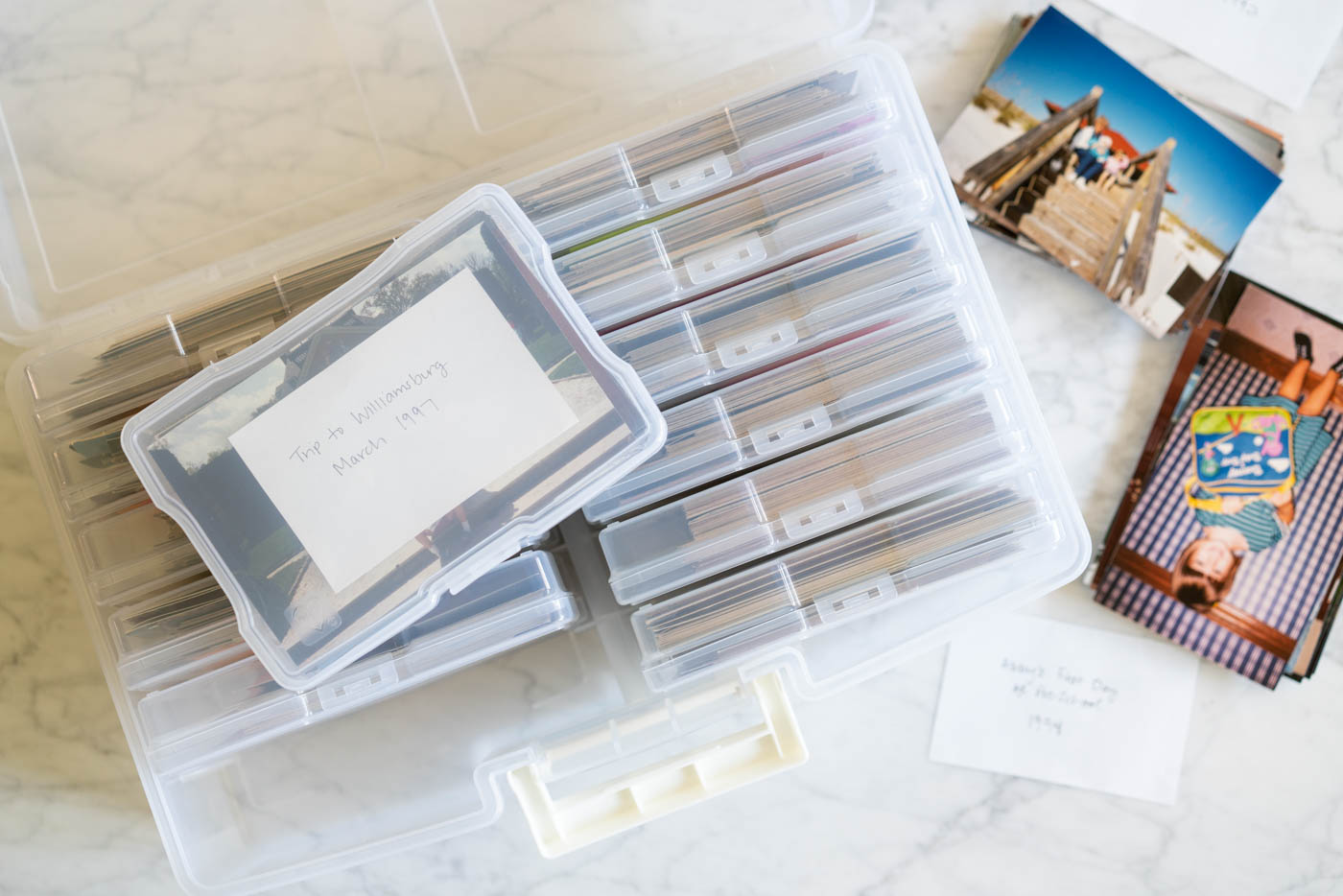
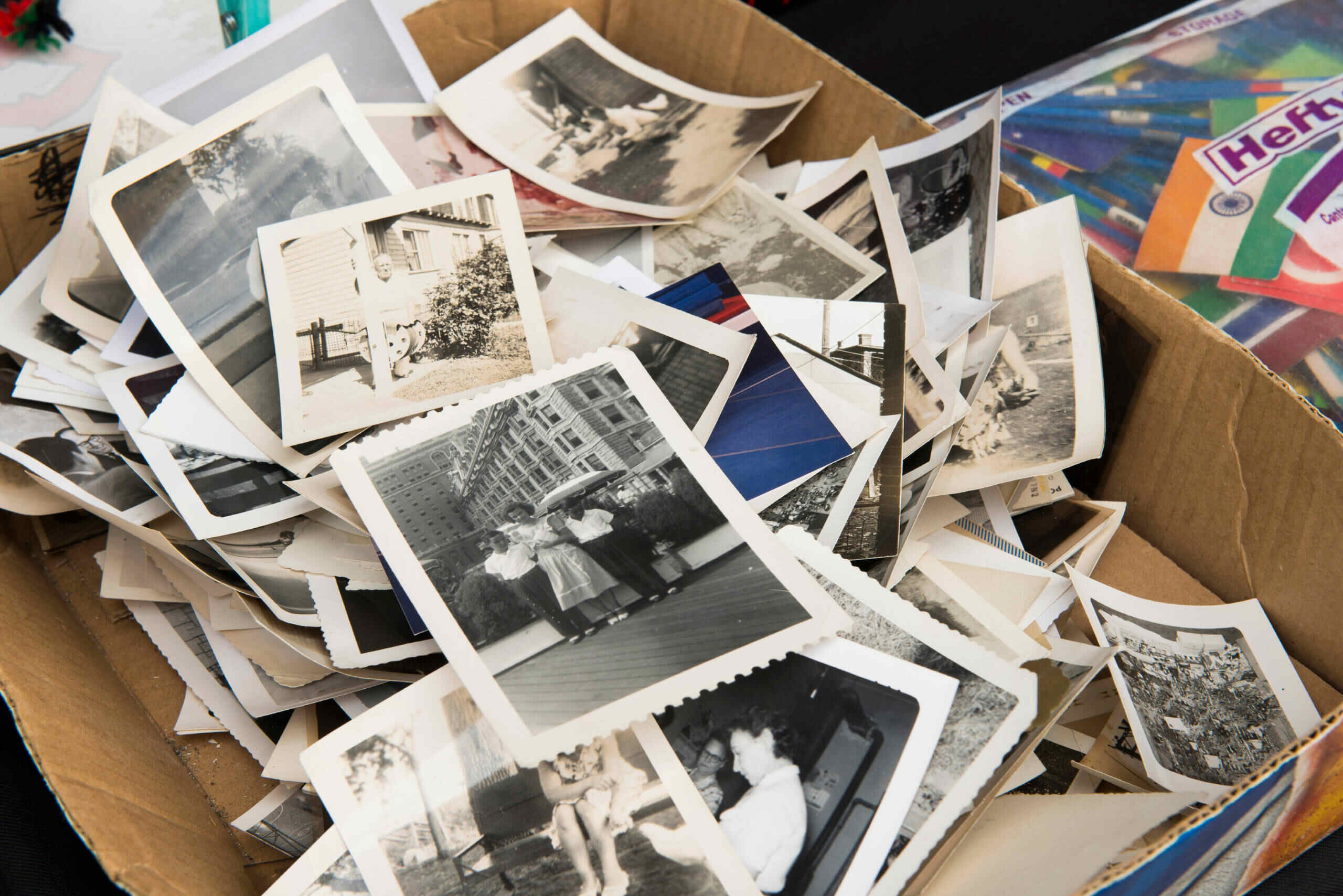



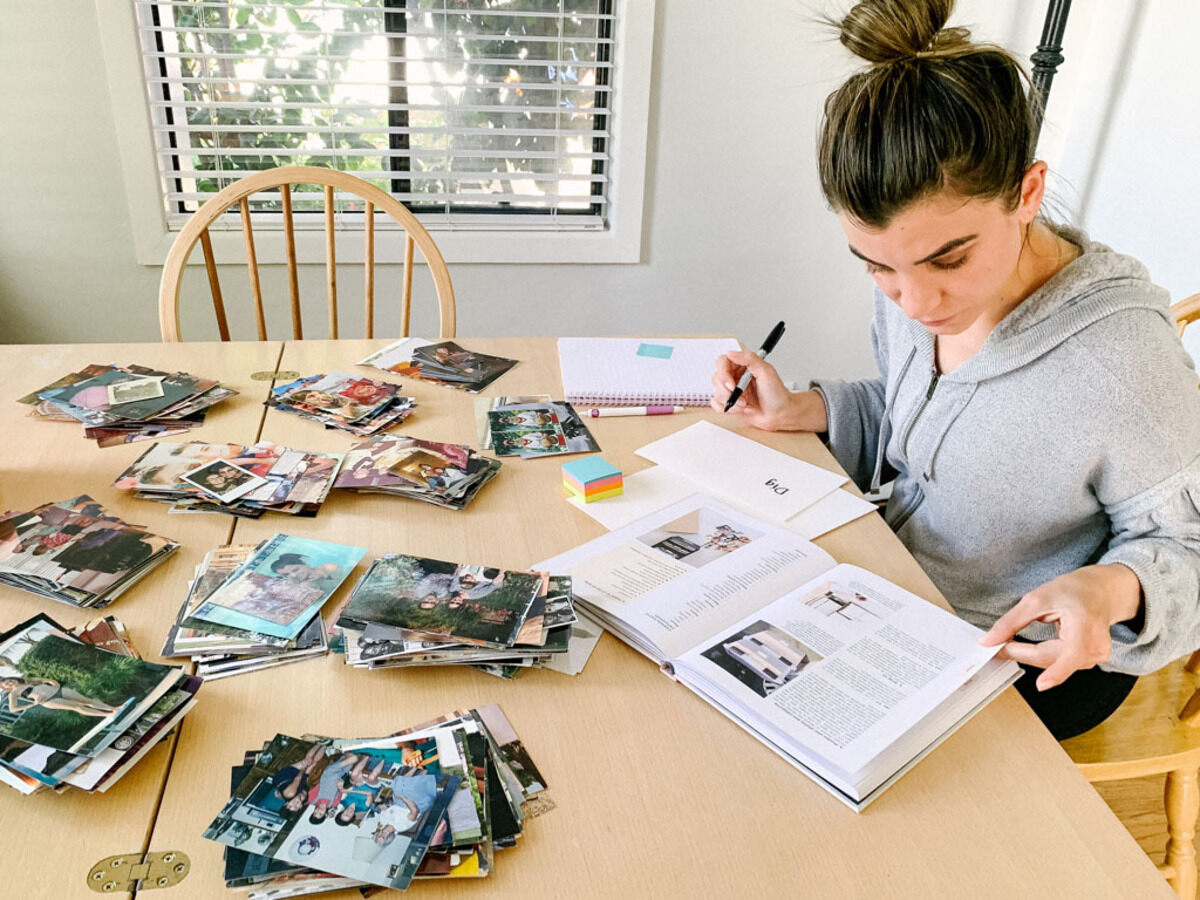

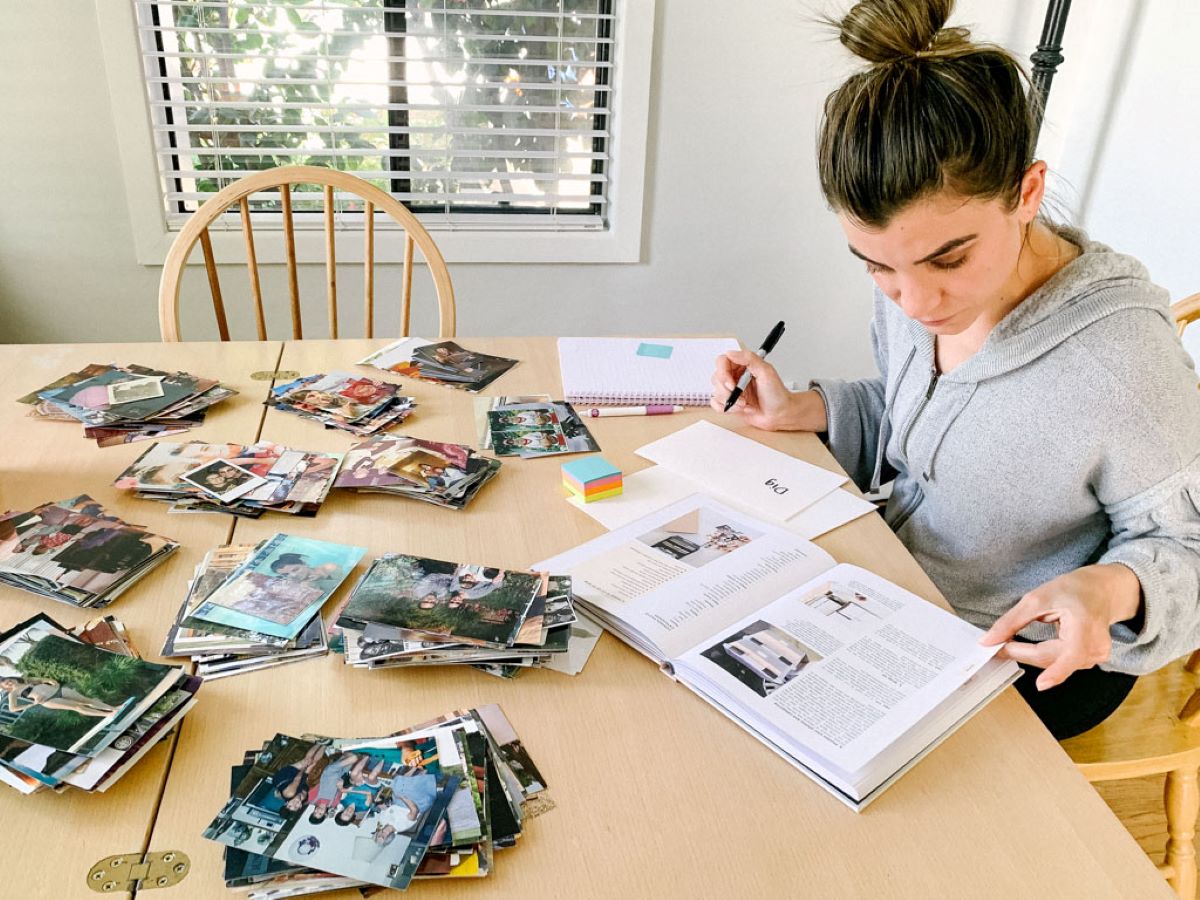




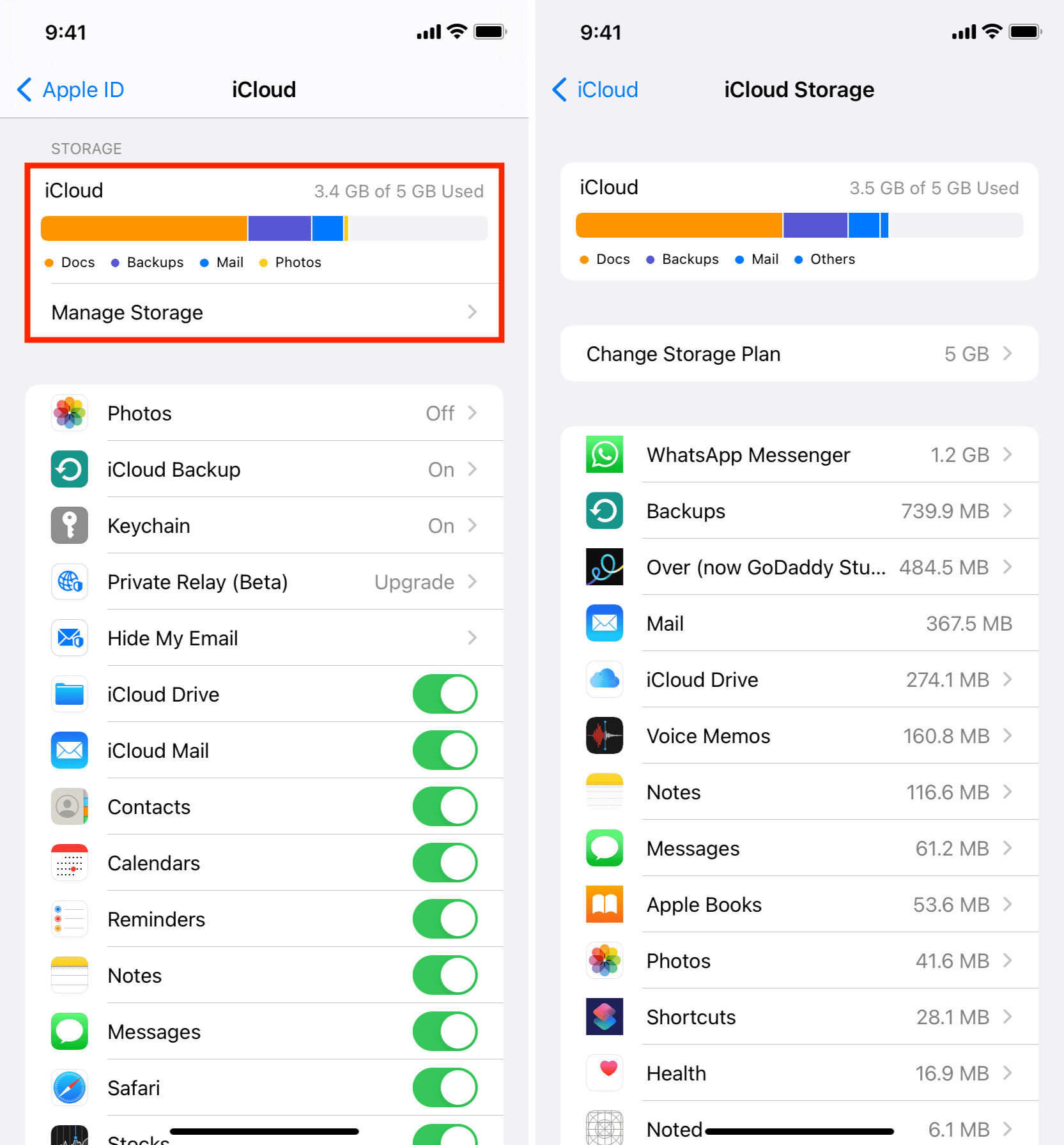


0 thoughts on “How To Store Old Photo Albums”